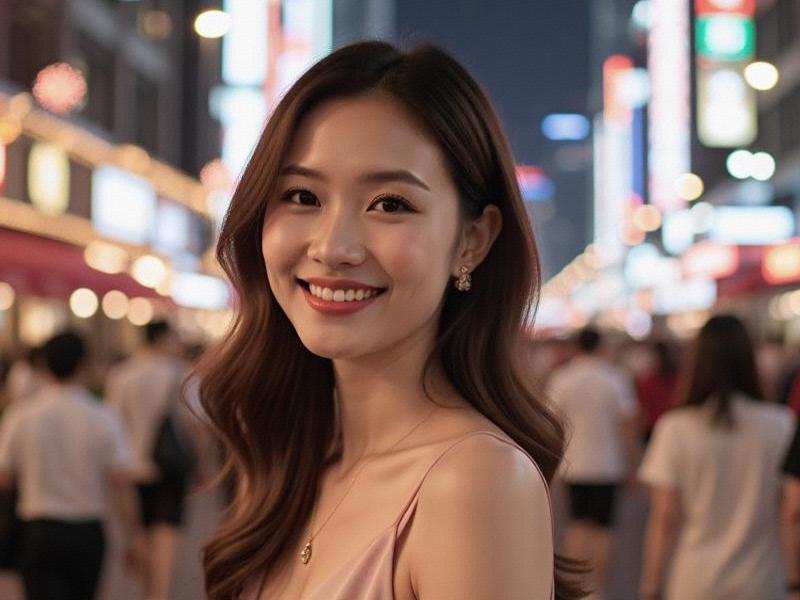This 2,200-word cultural investigation traces how Shanghai's feminine ideal has transformed from 1920s qipao elegance to today's globally-influenced yet distinctly local identity, examining the social forces shaping this evolution.

THE SHANGHAI WOMAN PHENOMENON: BETWEEN TRADITION AND COSMOPOLITANISM
The afternoon tea crowd at the Peace Hotel reveals Shanghai's feminine paradox - young women discussing blockchain startups while pouring tea with traditional wrist movements. This duality defines what locals call "Shanghai nüren" (Shanghai women), a cultural archetype undergoing radical redefinition.
HISTORICAL ROOTS
• 1920s: Qipao-clad "modern girls" of the French Concession
• 1950s: Mao-suited factory workers challenging gender norms
• 1980s: Perm-haired entrepreneurs pioneering private business
• 2000s: MBA graduates dominating finance sectors
上海龙凤419官网
MODERN MANIFESTATIONS
Four contemporary archetypes:
1. The "Steel Magnolia" - 38% of senior executives in Pudong
2. The "Cultural Hybrid" - blending Hanfu with streetwear
3. The "Tech Princess" - AI founders under 30
4. The "Heritage Keeper" - preserving Shanghainese crafts
上海花千坊龙凤 FASHION AS IDENTITY
• Local designers reinventing cheongsam with 3D printing
• "Guochao" (national trend) movement adoption rate: 72%
• Sustainable fashion startups led by Shanghai women: 63%
SOCIAL DYNAMICS
• Average marriage age: 32 (up from 25 in 2000)
• 54% of home purchases made independently by women
爱上海419 • IVF clinics reporting 210% increase in single women clients
PSYCHOLOGICAL PROFILE
Fudan University study findings:
✓ 89% self-identify as "tradition-conscious modernists"
✓ 76% reject "tiger mom" stereotype
✓ 68% practice both yoga and tea ceremony
As sociologist Dr. Lin Xiaohong notes: "The Shanghai woman isn't abandoning tradition - she's weaponizing it. Her qipao might have smartphone pockets, but the fabric still tells centuries of stories." This evolving identity offers fascinating insights into China's gender revolution and urban cultural synthesis.